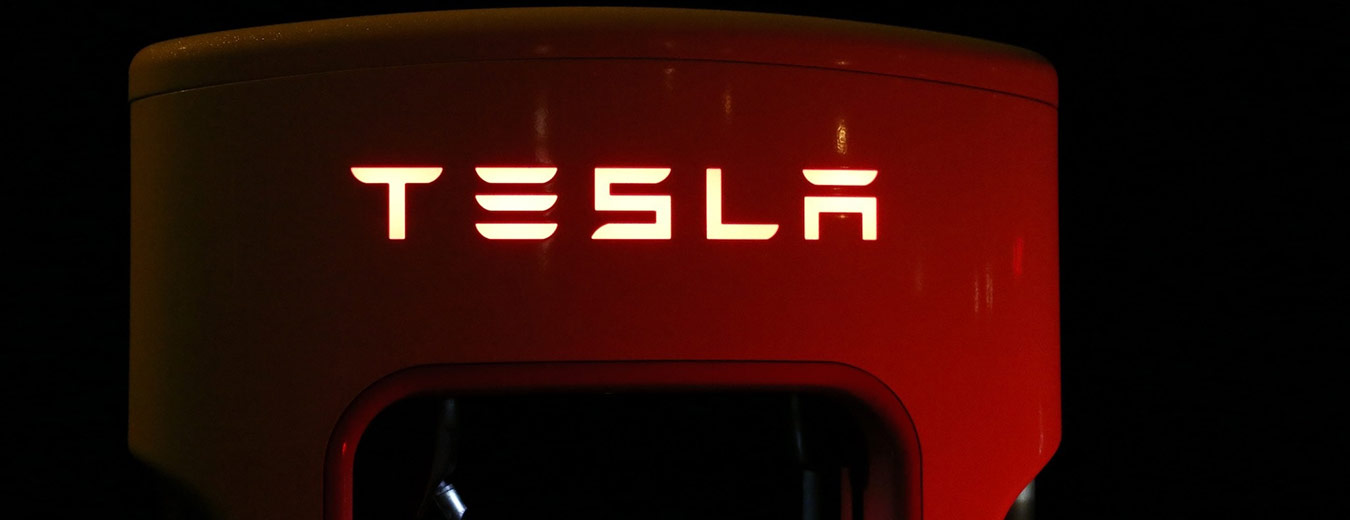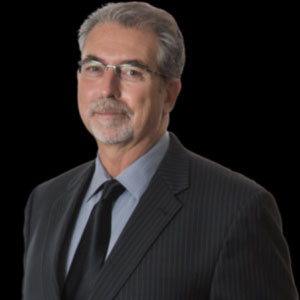
- by Montgomery Miller
- September 15th, 2020
Maintaining Your Tesla’s battery
The range of the Tesla battery is a game changer for the electric car industry, and it’s important to know how to best take care of it. Tesla recommends that you bring your Tesla vehicle into the nearest Service Center for maintenance service every 12,500 miles or once a year, whichever comes first. At 50,000, they’ll replace the battery coolant, but other than that, it’s a low maintenance vehicle.
Batteries are big business, especially for Tesla, which is growing at a phenomenal pace. In fact, their new Tesla Gigafactory 1 is a lithium-ion battery factory in Nevada and will be the largest building in the world as of completion, originally scheduled for late 2020.
Several other Tesla Gigafactories are either under construction or in planning. These include:
- Giga New York (Gigafactory 2) in Buffalo, New York, U.S.
- Giga Shanghai (Gigafactory 3), in China
- Giga Berlin (Gigafactory 4) in Brandenburg, Germany
- Giga Texas (Gigafactory 5), under construction in Austin, Texas, U.S.
Fun facts (from the Visual Capitalist site): The Tesla battery pack weighs 1,200 – 1,400 pounds (depending on the model), which is equal to about 26% of the car’s total weight. This puts the car’s center of gravity 44.5 centimeters off the ground, giving the car unprecedented stability. The battery itself contains 7,104 lithium-ion battery cells.
Currently, Tesla says its highest-range offering — the Model S — can travel as far as 402 miles on a single charge. That will change in the near future when Tesla would base its future fleet around a new cell, which it is calling the 4680, that would provide 16 percent more range, along with power and energy outputs that are multiples higher than today’s batteries are capable of, according to the company.
The Tesla batteries are designed to last a decade or more, and there are ways to keep your battery at maximum effectiveness throughout its life. For example, Bjørn Nyland and Morgan Tørvolt set a record in Denmark by doing what's called "hypermiling", which is using specific techniques to run a car at maximum efficiency. This includes driving at a constant, slow speed, avoiding braking and full stops, and leaving the air conditioning off, among other things. Nyland and Tørvolt drove 452.8 miles taking nearly 20 hours to complete, including one total hour of rest time because they were traveling at an average of 25 miles per hour.
Not your cup of tea? Perhaps these ideas might be more helpful. According to the Teslarati site, there are some key techniques to keep your battery at top form.
- Don’t leave your battery at a 100% state of charge. Whenever possible, don’t let the battery go above 90% or below 20%. According to Tesla forums, a 100% range charge is fine as long as the battery does not stay at 100% for more than a few hours. That means that a full charge at a Supercharger is fine, because owners will continue driving within minutes of leaving a Supercharger. (Tesla Model S TIP: For overnight charging that requires a maximum charge (prior to a road trip), set your “start charge time” to a time that will result in a full charge about 60 minutes before your departure.)
- According to Tesla, Maintain a regular, every-day charging routine using a low-voltage charger. It’s best to rely on high-voltage charging (i.e. Supercharging) only when necessary.
- Set your regenerative braking to “Standard” to maximize energy you get back while decelerating.
- Avoid deep discharging of the battery pack. While keeping the car charged at 100% is not recommended for more than a couple of hours, it’s also considered a bad idea to leave the battery in a discharged state for a long period of time. Under 30%, in general, is considered low. Also, for extended absences from your Tesla, note that electric vehicles consume power even just sitting in the garage. The Model S loses about 1% of its charge per day.
- Too hot, too cold = poor battery performance. When possible, store your Tesla somewhere with warmer temperatures. The Tesla Model S has its own built-in thermal management system that pre-conditions the battery (warms the pack when too cold and vice versa), but the general rule of thumb for batteries of Lithium-ion composition is to keep the battery pack between 20F and 85F. Living in Texas, it’s not likely the weather will hit the low end very often, but we certainly see the high range on a regular basis between May and October. Heat may increase battery degradation over time, and extreme cold can impact performance for a battery while lowering the discharge capacity.
- Plan ahead when you and your Tesla will be apart for a while. If you’re going out of town without your Tesla, remember to set the charge level to 50% and leave it plugged in. If you’re leaving your Tesla somewhere you can’t leave it plugged in, be aware that you’re going to lose some charge per day. Charge to a level where you can get to your destination, let it sit for the trip, and then still have enough charge to get home. Teslarati says: “Don’t let it sit unplugged at an airport for days on end at a 90% charge state if possible. Still, leaving it at 90% is better for the battery (and you) than leaving it at 10% and coming back to find the battery completely discharged.”
- Periodically fully charge and “balance” your battery (maybe). Battery balancing is intended to maximize your battery’s capacity and even out the charge distribution. While you may never need the maximum range that your battery can provide and you may never take long trips, a periodic range or max charge is helpful to your battery’s management system. However, opinions vary on “balancing“ a battery. Tesla gave a statement on the Teslarati site:
“The only accurate way to measure the amount of energy a battery can store is to fully charge the battery, then completely discharge the battery to zero, then measure the amount of energy that was released. While this would give an accurate measurement, it would not be good for the battery. So the Model S uses algorithms to estimate the amount of energy a battery can store.
When a battery is fully charged, the algorithm is able ‘learn’ the ‘upper limit’ for the battery. But since you don’t fully charge your battery often (which is a good thing), the algorithm for your vehicle may no longer have an accurate value for the ‘upper limit’, causing your Estimated Range calculation to be slightly off. By fully charging your battery several times, your algorithm may relearn the ‘upper limit’ of your battery, so it may start to show a different/higher number for your Estimated Range. It is important to understand, however, that fully charging your battery several times, is not going to actually help your battery. In fact, frequent full charging of your battery can actually accelerate battery degradation.”
About the Author

Montgomery “Monty” Miller is a writer and founder of Austin based GlobalSpeed AdGroup, a full service creative advertising agency. His father, a San Antonio native, was a film and television writer with a long career beginning in the 1950s “Golden Age of Television.” In the mid-90s Monty worked in Synergy Marketing for The Walt Disney Company and prior to moving to Austin in 2015 he served as Vice President of Marketing with Flight Sciences International, a consulting firm specializing in fuel conservation planning for airlines worldwide.



